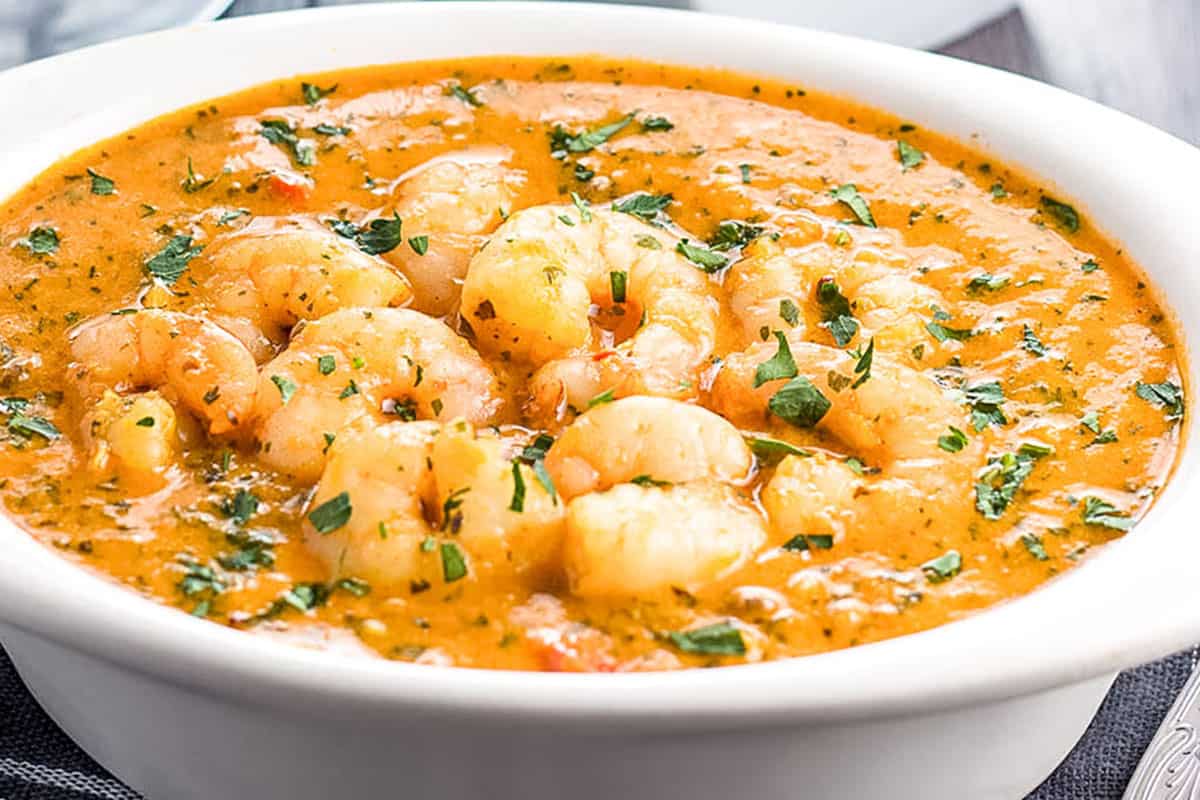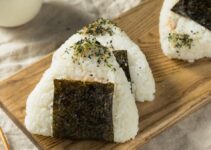Coconut curry is a rich, fragrant dish that captures the essence of tropical flavors. Whether you’re a fan of spicy or mild curries, coconut curry offers a versatile base that can be customized to your taste. This dish not only brings warmth and comfort but also elevates any meal with its creamy and exotic touch. In this article, we’ll explore the secrets behind a delicious coconut curry, different variations you can try, and tips to perfect your next tropical dinner.
The Foundation of Coconut Curry: Ingredients that Make a Difference

The key to a good coconut curry lies in its ingredients. Choosing fresh and quality items can transform an ordinary curry into an extraordinary one. Here’s what you’ll need:
- Coconut Milk: The heart of any coconut curry is its rich and creamy coconut milk. It provides the smooth texture that balances the spices.
- Spices: Curry powder, turmeric, cumin, coriander, and chili powder form the spice mix that brings life to the dish.
- Aromatic Base: Fresh garlic, ginger, and onions are essential to create a fragrant base.
- Vegetables & Proteins: You can use a combination of your favorite vegetables and proteins like chicken, shrimp, tofu, or chickpeas.
- Herbs: Fresh cilantro, basil, and a squeeze of lime add brightness to the dish.
How to Make the Perfect Coconut Curry
Follow these steps to create a mouth-watering coconut curry that will impress everyone at your dinner table.
- Prepare the Aromatic Base
- Sauté finely chopped onions, garlic, and ginger in a pot with a splash of vegetable oil until golden and fragrant.
- Add curry powder, turmeric, cumin, and other spices. Stir for a minute to release the flavors.
- Add Coconut Milk and Simmer
- Pour in a can of coconut milk and bring it to a gentle simmer. Stir to combine the spices thoroughly.
- Add a splash of vegetable or chicken broth if you prefer a thinner consistency.
- Incorporate Your Vegetables and Protein
- Add chopped vegetables like bell peppers, zucchini, and carrots. If you’re using a protein like chicken, tofu, or shrimp, now’s the time to add it.
- Let everything cook for 10-15 minutes until the vegetables are tender and the protein is cooked through.
- Finish with Fresh Herbs and Lime
- Stir in freshly chopped herbs like cilantro or basil. Squeeze in a little lime juice for acidity to balance the rich coconut milk.
- Season with salt and pepper to taste.
Variations of Coconut Curry: Explore Different Flavors
Coconut curry is an adaptable dish, and you can make endless variations to suit your preferences. Here are some popular types to try:
- Thai Coconut Curry: Add Thai red or green curry paste for a spicy kick, and use fresh Thai basil for authentic flavors.
- Indian Coconut Curry: Use garam masala, tomatoes, and a bit of yogurt for a creamy and spicy Indian version.
- Vegetarian Coconut Curry: Replace meat with hearty vegetables like sweet potatoes, mushrooms, and spinach for a delicious vegetarian option.
- Seafood Coconut Curry: Combine shrimp, scallops, or fish with lime leaves and a touch of fish sauce for a seafood delight.
Tips for the Perfect Coconut Curry Every Time
Even though coconut curry is a forgiving dish, a few tips can make all the difference in achieving perfection:
- Don’t Rush the Aromatic Base: Allow the onions, garlic, and ginger to cook thoroughly. This step builds the foundation of flavor.
- Choose Full-Fat Coconut Milk: For a richer and creamier curry, opt for full-fat coconut milk instead of the light version.
- Balance the Spices: Adjust the amount of curry powder and chili to your spice tolerance. Taste as you go.
- Use Fresh Herbs: Fresh cilantro, basil, and lime juice add freshness and cut through the richness. Avoid dried herbs for this dish.
- Cook Low and Slow: Let the curry simmer gently to allow flavors to meld together.
Pairing Suggestions: What to Serve with Coconut Curry
Coconut curry is a versatile dish that pairs well with various sides:
- Steamed Jasmine Rice or Basmati Rice: A simple side that soaks up the creamy curry sauce perfectly.
- Naan Bread or Roti: These flatbreads are great for scooping up the sauce.
- Cauliflower Rice: A low-carb alternative that still provides a great texture to balance the curry.
- Pickled Vegetables: Add a tangy crunch to your meal with quick-pickled cucumbers or radishes.
Nutritional Benefits of Coconut Curry
Aside from being delicious, coconut curry is packed with health benefits:
- Coconut Milk: Rich in healthy fats that provide energy and aid digestion.
- Turmeric: Known for its anti-inflammatory properties, turmeric is a great addition to your diet.
- Fresh Vegetables: High in fiber, vitamins, and minerals, making your meal both nutritious and satisfying.
Common Mistakes to Avoid
To ensure your coconut curry turns out flawless, keep an eye out for these common mistakes:
- Overcooking the Vegetables: Avoid turning your veggies into mush by adding them later in the cooking process and monitoring the timing.
- Too Much Coconut Milk: While coconut milk is delicious, using too much can make your dish overly rich. Balance it with broth or water.
- Skimping on Seasoning: Don’t be afraid to add a bit more salt, spices, or a squeeze of lime to achieve the perfect balance.
Conclusion: Bring the Tropics to Your Dinner Table
Coconut curry is a delightful way to introduce hometogel tropical flavors into your kitchen. It’s versatile, delicious, and easy to customize to your preference. Whether you’re serving it for a casual weeknight meal or a special gathering, this dish is sure to impress. So, grab your ingredients, and transport yourself to a tropical paradise with every bite of this creamy and flavorful curry!



